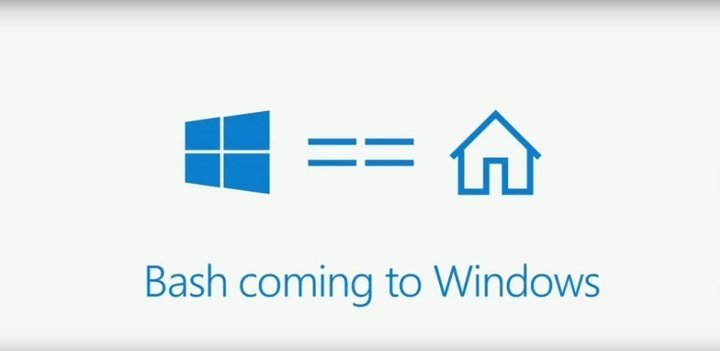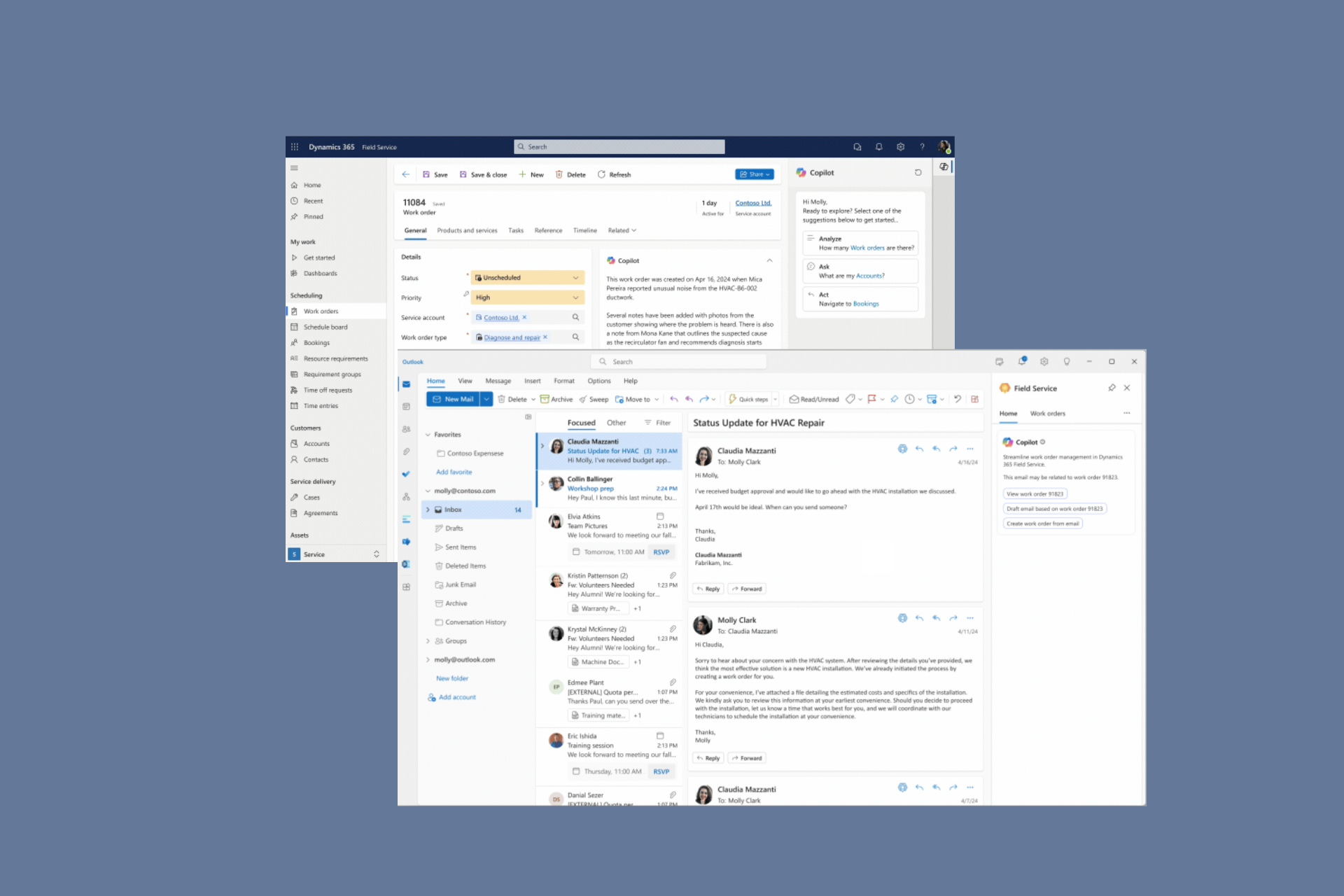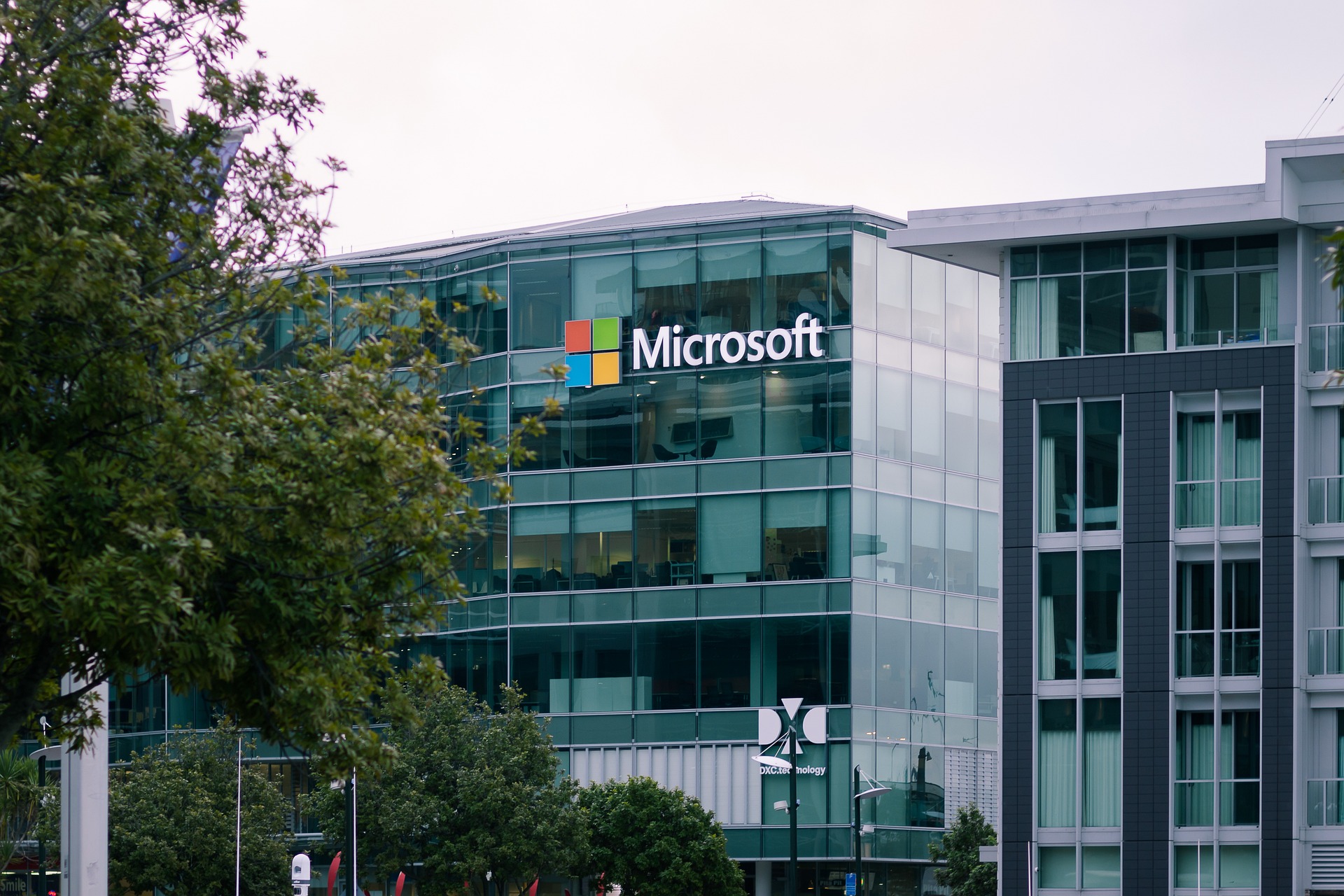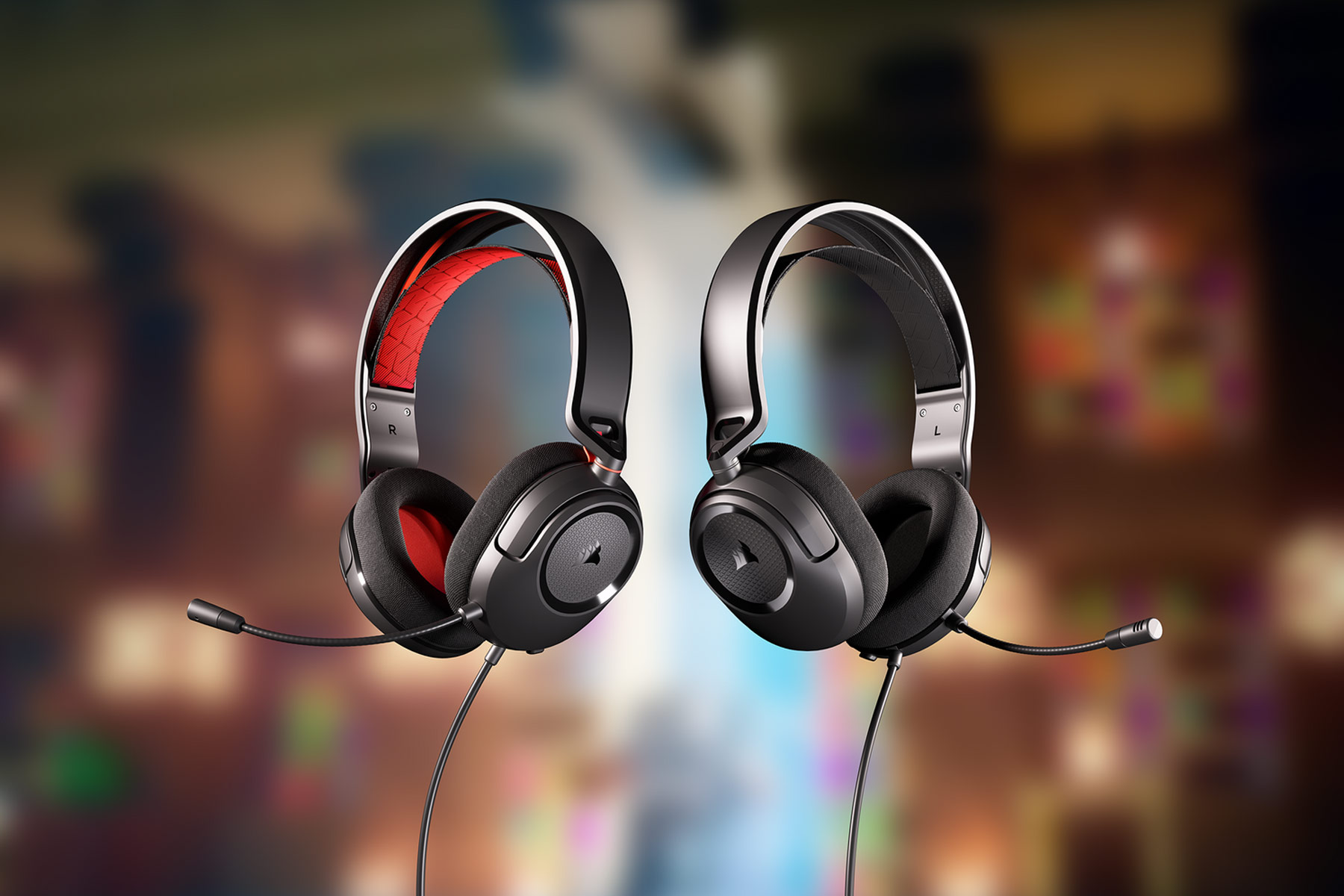Microsoft and Canonical bring Bash to Windows 10 at Build 2016
2 min. read
Published on
Read our disclosure page to find out how can you help Windows Report sustain the editorial team Read more

Linux has been a Windows alternative for decades and although some users prefer one over the other for various reasons, it seems we’ll get some Linux features on Windows 10 in near future. Microsoft and Canonical, Linux’s parent company, announced their plans to bring Bash to Windows 10 during this year’s Build conference.
Microsoft and Canonical are bringing Bash to Windows 10
This might be an unexpected change for many, especially after Canonical’s attempts to persuade Windows 10 users to switch to Ubuntu, but the two companies have settled their differences and are now working together towards bringing Bash to Windows 10.
According to Microsoft’s recent announcement, you’ll be able to run Bash natively in Windows 10 without a virtual machine or any third-party solutions. In order to run Bash on Windows 10, you need only to download it from the Windows Store. This is great news if you are a developer as now you can write Bash scripts by using the new Linux subsystem in Windows 10.
In the past, it was necessary to use various third-party tools in order to access Bash on Windows 10. Now, with native Bash support, developers should be able to enjoy more flexibility while creating apps. In fact, Windows developers describe this new feature as a genuine Ubuntu image on top of Windows 10.
Although this collaboration doesn’t affect average users, we’re positive many developers are excited about it. Bash is already available on OS X and on all versions of Linux; adding Bash support for Windows 10 allows developers to more easily create cross-platform applications.
While many users are excited about this change, if you’re not an app developer or Linux enthusiast on Windows 10, you probably won’t use this feature anytime soon. Still, Bash is a very welcome addition to Windows 10. We should see it as a part of the Windows 10 Anniversary Update this summer.








